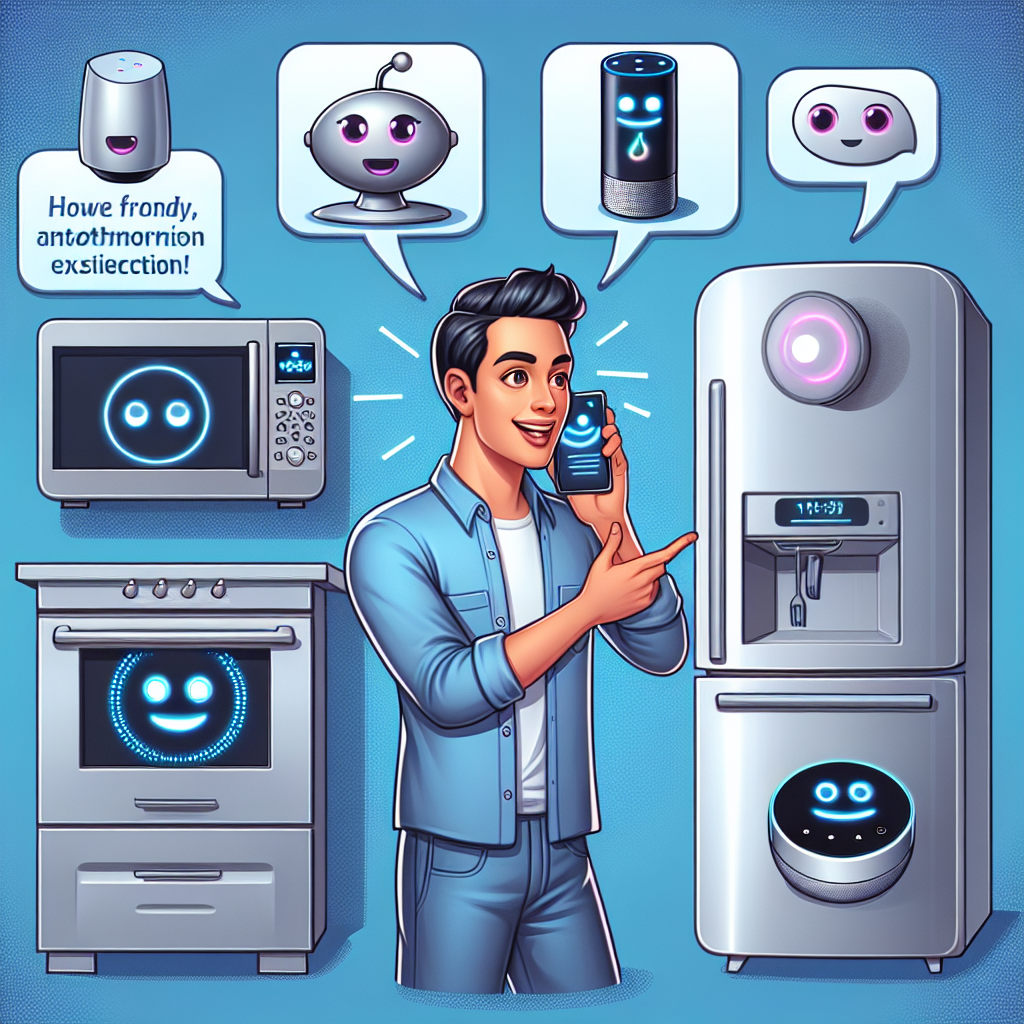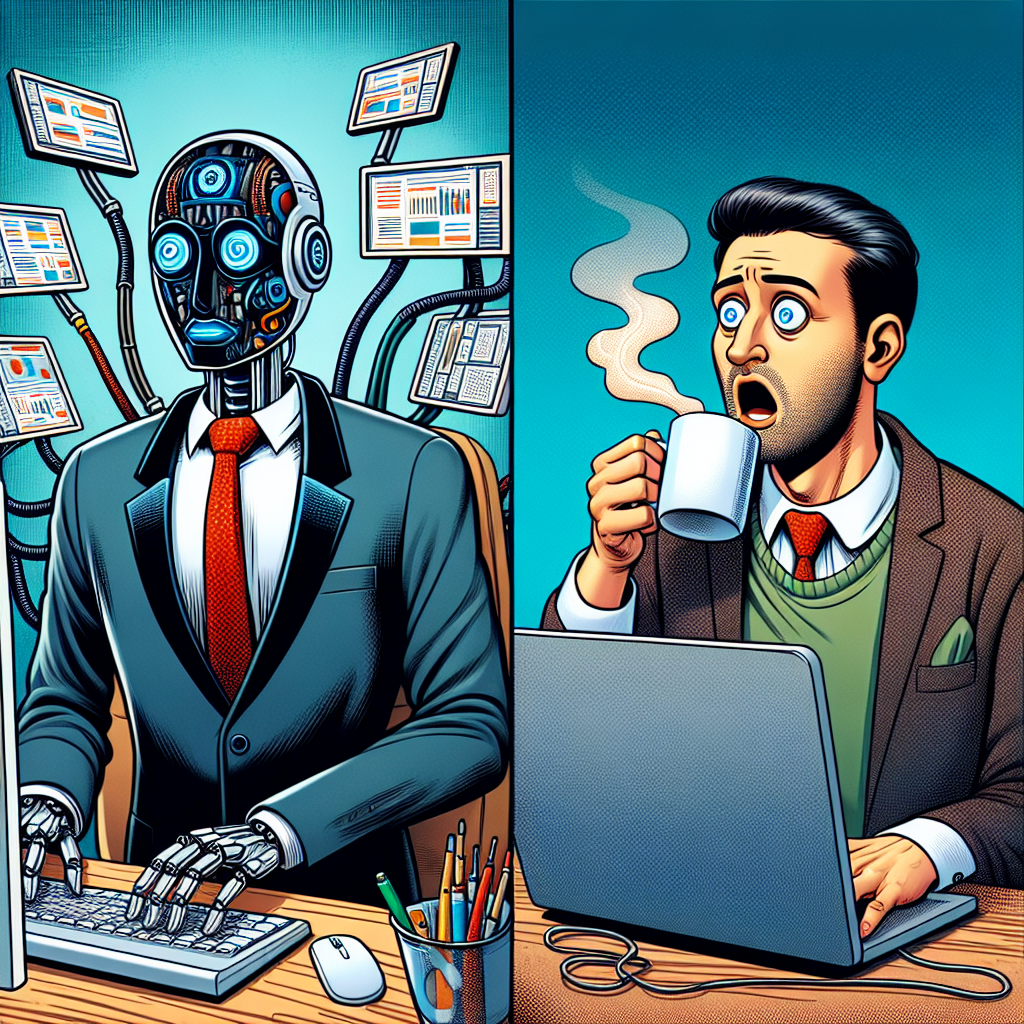Imagine walking through a crowded digital marketplace with your very own invisible shield, deflecting threats before they even reach you. That’s essentially what today’s AI technology has become—a trusty digital bodyguard in our increasingly unpredictable online world. As cyber threats evolve and digital landscapes shift, AI stands vigilant, working silently in the background without disrupting your workflow, much like bodyguards blending seamlessly into their surroundings.
The rapid advancement of AI technology isn’t just transforming how we work—it’s fundamentally changing how we stay protected in the digital realm. From detecting unusual patterns to blocking fraudulent logins in real-time, AI serves as that watchful companion, enhancing trust and security across industries from finance to healthcare, e-commerce to education. It’s like having a guardian angel for your digital presence, always scanning, always learning, and most importantly, always protecting.
Transparency Through Explainable AI: Building Trust in the Digital Age
For many entrepreneurs and small businesses, AI often appears as a “black box”—decisions are made, but the reasoning remains obscure. Enter Explainable AI (XAI), the interpreter that translates complex AI decisions into language we can all understand.
Explainable AI doesn’t just strengthen regulatory compliance; it fundamentally builds consumer trust by making AI’s decision-making process transparent. For startups navigating the complex regulatory landscape, this transparency is invaluable. When your AI SaaS creation platform can articulate why it flagged a transaction as suspicious or recommended a particular business strategy, you gain both compliance advantages and customer confidence.
“The peace of mind that comes with clear explanations has tangible financial benefits,” notes a recent industry report. Small businesses using Explainable AI in their customer-facing applications report up to 40% higher user retention rates, largely because customers feel comfortable when they understand how decisions affecting them are made.
For individual entrepreneurs developing AI applications, incorporating explainability features isn’t just good practice—it’s becoming a market differentiator. Users increasingly demand to know the “what” and “why” behind AI-generated results, especially when these results influence critical business or personal decisions. By building transparency into your AI workflows from the ground up, you create solutions that not only perform well but also earn lasting trust.
AI as Security Sentinel: Protection That Never Sleeps
In today’s threat landscape, the speed and sophistication of cyberattacks often outpace human ability to detect and respond. This is where AI shines as your digital bodyguard, offering continuous protection without the limitations of human attention spans or working hours.
For individual entrepreneurs managing sensitive customer data, AI-powered security tools provide enterprise-grade protection without requiring a dedicated security team. These tools can monitor network traffic patterns, identify anomalies in user behavior, and isolate potential threats before they compromise systems. One small e-commerce business owner reported, “Our AI security system detected and blocked a sophisticated phishing attempt that even our experienced team members might have missed. It essentially paid for itself in that single incident.”
Technical professionals working in cybersecurity are witnessing how AI transforms traditional threat-hunting methods. Rather than manually sifting through logs and alerts, they’re now training AI systems to identify patterns and predict potential vulnerabilities. This shift allows them to focus on strategic security planning rather than constantly putting out fires. As one developer explained, “Our customizable AI digital workers handle the repetitive monitoring tasks, freeing us to focus on improving our security architecture.”
The most impressive aspect of AI security measures is their ability to learn and adapt. Unlike static security protocols that hackers can eventually circumvent, AI security solutions evolve continuously, learning from each attempt and strengthening their defenses. This creates what security experts call “intelligent resilience”—the capacity to not only withstand attacks but to emerge stronger after each one. Small teams can multiply their security capabilities without expanding headcount through these adaptive systems.
Beyond Compliance: AI That Feels Like a Trusted Partner
While regulatory compliance remains important, building genuine user trust with AI goes far beyond checking boxes on a compliance checklist. Personal use AI products that seamlessly integrate into daily routines are transforming our relationship with technology from one of wariness to one of partnership.
Consider how voice assistants have evolved from novelty gadgets to trusted household helpers. This transformation didn’t happen through regulatory compliance alone—it happened because these AI solutions became genuinely helpful while respecting user privacy and preferences. The same principle applies to business-oriented AI SaaS platforms.
Small businesses report increasing comfort with incorporating AI into customer-facing operations. A recent survey found that 67% of small business owners who initially hesitated to adopt AI solutions became advocates after seeing positive customer responses to personalized AI interactions. The key factor? Creating experiences where AI feels like a helpful assistant rather than an intrusive technology.
“When our customers realized our AI was helping them find products faster and solving their problems more efficiently, their hesitation disappeared,” shared a boutique retailer who implemented an AI-powered customer service solution. “Now they ask for the AI by name, treating it almost like another team member.”
This level of acceptance doesn’t happen accidentally. It requires thoughtful development of AI applications that prioritize user experience and emotional intelligence alongside technical performance—exactly the kind of development that user-friendly AI SaaS creation platforms make possible.
Empowering Innovation: Low-Code Platforms and AI Creation
The democratization of AI development through low-code platforms represents perhaps the most significant shift in how we interact with this technology. No longer the exclusive domain of specialized data scientists, AI application creation has become accessible to entrepreneurs, small business teams, and developers seeking efficient solutions.
According to Gartner research, by 2025, approximately 70% of new applications will rely on low-code/no-code tools—nearly tripling the development rate since 2020. This explosive growth reflects how these platforms remove barriers to innovation, allowing ideas to transform into functional AI applications without extensive coding knowledge.
For individual entrepreneurs, this means the ability to create customized AI workflows that address specific business challenges. A consultant might develop an AI assistant that handles appointment scheduling, follow-up emails, and client research—all without writing a single line of code. The intelligent collaboration between human creativity and AI capabilities creates solutions tailored to unique business needs.
Small business teams find particular value in how low-code AI platforms enable cross-functional collaboration. Marketing teams can work alongside operations specialists to create intelligent workflows that connect customer insights with inventory management. This integration of previously siloed functions creates efficiencies that were previously available only to enterprises with substantial IT resources.
“Our team created a customized AI workflow that automatically analyzes customer feedback and routes it to the appropriate department,” explains the founder of a growing e-commerce business. “Before low-code platforms, we would have needed to hire specialized developers for this project. Now we can adapt and refine our solution ourselves as our needs evolve.”
Community-Driven Innovation: Sharing and Selling AI Products
The rise of marketplaces for sharing and selling AI products has created vibrant ecosystems where innovation accelerates through community contribution. Rather than developing every solution from scratch, entrepreneurs and developers can build upon existing frameworks, customizing them to meet specific needs.
This community-driven approach benefits both creators and users. Creators gain valuable feedback that helps refine their AI applications, while users access continuously improving solutions that reflect real-world testing across diverse use cases. The result is a virtuous cycle of innovation where each deployment strengthens the overall ecosystem.
Small business owners particularly benefit from this collaborative approach. By implementing AI solutions that have been tested across multiple business environments, they reduce implementation risks while gaining insights from others in similar situations. One restaurant owner described discovering a reservation management AI that had been refined through use in dozens of similar establishments: “It was like getting years of development expertise right out of the box, with all the common issues already solved.”
For developers and technical professionals, these marketplaces provide opportunities to monetize specialized knowledge by creating and selling AI products that address niche challenges. A developer who created a document processing workflow for her own consulting business discovered unexpected demand when she listed it on an AI marketplace: “What started as a solution to my own problem became a significant revenue stream as other consultants discovered and purchased it.”
This sharing economy for AI applications creates powerful feedback loops that build trust through transparency and continuous improvement. When users can see how others have implemented and benefited from specific AI solutions, adoption barriers fall and confidence grows.
Democratizing AI: User-Friendly Tools for Everyone
Perhaps the most transformative aspect of modern AI SaaS creation platforms is how they open engagement opportunities for non-technical users. What once required specialized degrees and coding expertise now welcomes anyone with ideas and determination.
User-friendly AI tools with intuitive interfaces allow people from all backgrounds to participate in creating intelligent workflows. A small business owner described her experience: “I was intimidated by AI initially, thinking it was only for tech companies. But with the visual interface and pre-built components, I created a customer segmentation tool that transformed our marketing approach—all without writing code.”
This democratization aligns perfectly with Zygote.AI’s vision of making AI creation accessible to everyone. By removing technical barriers, platforms like Zygote.AI enable individuals to turn their unique insights into functional AI SaaS products for personal use, sharing, or selling. The result is a diverse ecosystem of solutions that address real-world needs from multiple perspectives.
The future of work isn’t about AI replacing humans—it’s about AI empowering humans to accomplish more than ever before. Fully automated workflows that can select topics, generate content, create illustrations, and publish promotional materials represent just the beginning of what’s possible. As these capabilities become accessible to everyone through user-friendly creation platforms, we’ll see innovation accelerate across every industry.
Your digital bodyguard is no longer just protecting you—it’s now helping you build and create in ways previously unimaginable. With customizable AI digital workers handling routine tasks and workflow automation streamlining operations, entrepreneurs and small businesses can focus on the creative and strategic work that drives growth.
As we look toward a future where AI serves as not just a tool but a trusted partner in innovation, platforms that prioritize security, transparency, and accessibility will lead the way. By embracing these technologies today, individual entrepreneurs, small businesses, and developers position themselves at the forefront of a revolution that’s making our digital world both safer and more creative than ever before. The way teams collaborate is fundamentally changing through these intelligent digital workers.









